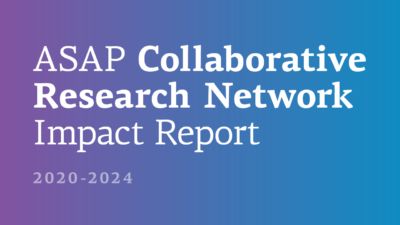ASAP Research Round-Up | Q3 2025
In this second edition of the ASAP Research Round-Up, ASAP shares advancements in Q2 2025 across the ASAP portfolio that fill critical knowledge gaps, promote rapid dissemination of scientific insights, expand resource accessibility, and support the next generation of Parkinson’s researchers.
Read More










